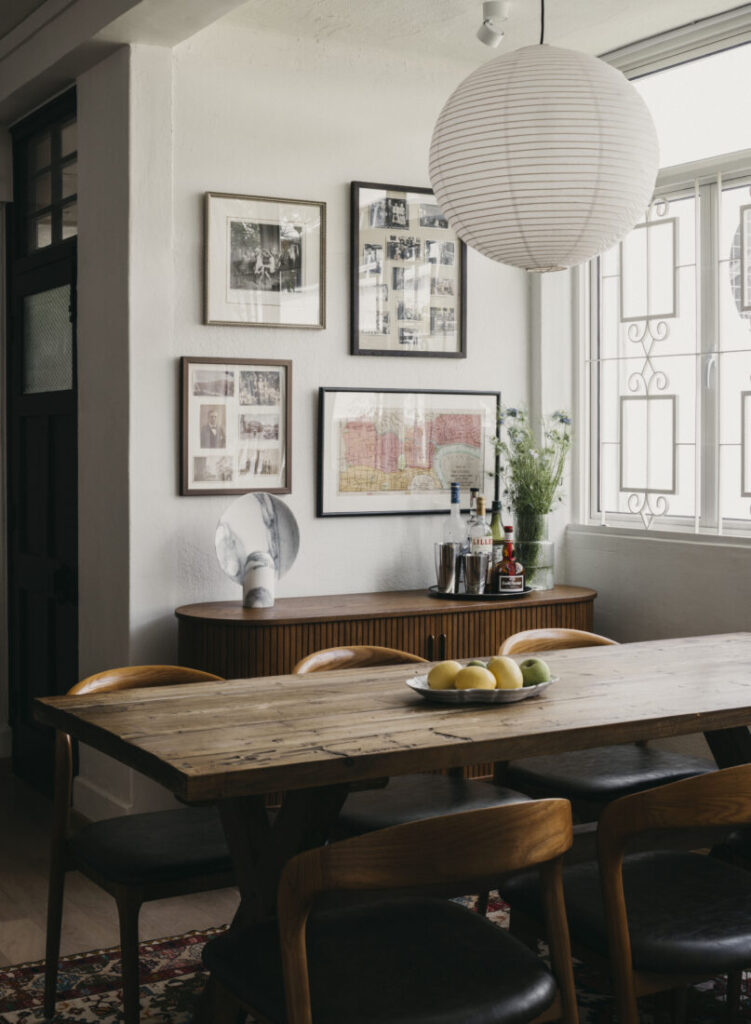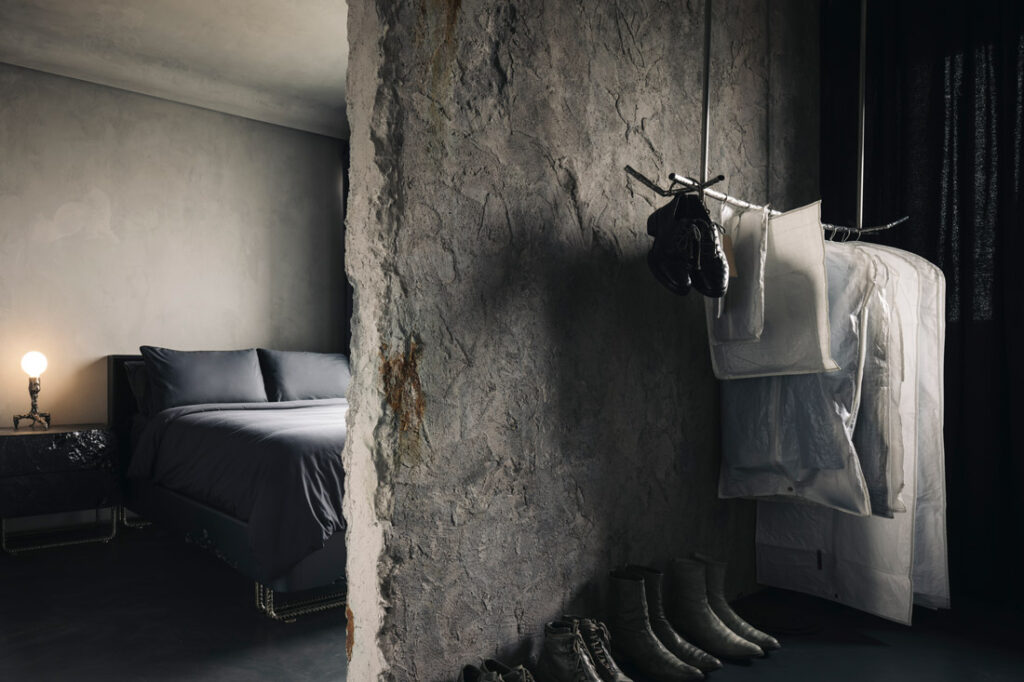The allure of wabi-sabi lies in its celebration of beauty in imperfection. Here’s how you can build a life and home that’s centred around in this concept.
28 August 2023
Top image: Project by Open Studio
Text by Lookbox Living
In a world often driven by perfection, the Japanese philosophy of wabi-sabi offers a refreshing perspective on aesthetics and design. Wabi-sabi is more than just a style; it’s a way of life that celebrates the beauty found in imperfections, simplicity, and the natural passage of time. This philosophy has found its way into various facets of art and design, including residential interior design, where it encourages homeowners to create spaces that are not only visually appealing but also deeply meaningful and harmonious.
At its core, wabi-sabi is about embracing the inherent beauty of things that are imperfect, aged, and weathered. It celebrates the transience of life and the natural cycle of growth and decay. In the context of residential interior design, wabi-sabi rejects the idea of perfectly manicured spaces in favour of creating environments that reflect the authentic essence of living.

One of the key principles of wabi-sabi is simplicity. A wabi-sabi-inspired interior design values the essence of a space rather than its ornamentation. This can be achieved through minimalism, where each piece of furniture and decor is thoughtfully chosen and serves a purpose. By reducing clutter and unnecessary distractions, you create an environment that promotes tranquility and mindfulness.

Wabi-sabi places great importance on the use of natural materials like wood, stone, and clay. These materials carry their own stories, as they age gracefully over time. Incorporating them into your interior design not only connects your living space with the natural world but also brings in textures and colours that are warm, grounding, and inviting. A weathered wooden table or a stone accent wall can add a touch of rustic beauty to your home.

In wabi-sabi, perfection is not the goal; instead, it’s the imperfections that make something truly beautiful. Think of a ceramic bowl with a visible crack, which has been repaired with gold – the concept of “kintsugi”. This art of repairing broken pottery highlights the cracks rather than hiding them, turning them into stunning features. Similarly, in interior design, you can celebrate the history of your space. Exposed brick walls or distressed furniture can serve as reminders of the passage of time, adding depth and character to your home.

Wabi-sabi encourages us to value the patina that develops on objects as they age. This concept can be applied to elements like vintage furniture, which comes with its own stories and a unique history. Embrace antique pieces with worn edges and faded colours; they can bring a sense of nostalgia and authenticity to your interior. Combining these pieces with contemporary elements creates a harmonious blend of the old and the new.

Nature plays a vital role in wabi-sabi design. Large windows that allow natural light to pour in, indoor plants that bring the outdoors in, and organic textiles that echo the earth’s colours all contribute to a sense of harmony with nature. A wabi-sabi inspired interior design fosters a connection to the natural world, promoting a sense of balance and peace.

A wabi-sabi inspired interior should be designed with mindful intention. Each element in the space should contribute to a sense of tranquility and well-being. Soft, neutral colour palettes, uncluttered layouts, and the interplay of light and shadow can help achieve this. Think of a serene reading nook with a simple wooden chair bathed in soft sunlight – these are the spaces that encourage introspection and calm.
Wabi-sabi challenges conventional notions of beauty and perfection, inviting us to see the world – and our living spaces – in a new light. By incorporating the principles of wabi-sabi into residential interior design, you can create a home that embraces the imperfect, values simplicity, and radiates a sense of tranquility. Remember, it’s not just about aesthetics; it’s about fostering a deeper connection with your surroundings and finding beauty in the everyday, the weathered, and the imperfect.
We think you may also like Mid-century modern design: What it is, and how to incorporate it into your home
Like what you just read? Similar articles below

Crumbs interior turns a five-room resale flat into a family haven filled with soothing colours and elements of wabi sabi.

The conceptual framework of this project by Dean Dyson Architects is rooted in principles of connection, wellness and sustainability.